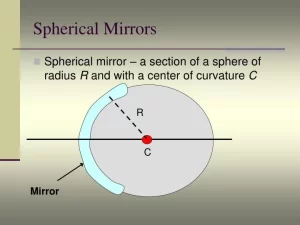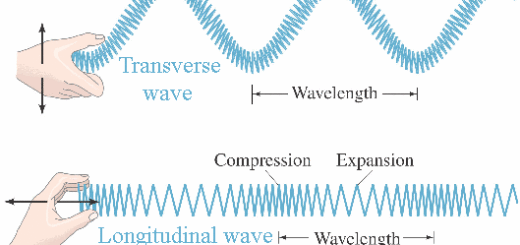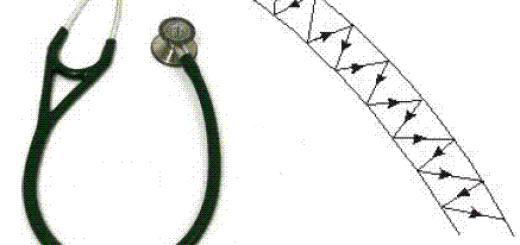What are spherical mirrors?, Flat Mirror vs. Spherical Mirror, Some concepts related to spherical mirrors
The spherical mirror is a mirror that has the shape of a piece cut out of a spherical surface, There are two types of spherical mirrors which are concave mirrors (The converting mirrors) and convex mirrors (the diverging mirrors).
Spherical mirrors
The spherical mirror is a mirror whose reflecting surface is a part of a hollow sphere, The stainless-steel spoon is considered as a spherical mirror as its inner surface is a concave mirror while its outer surface is a convex mirror.
The shaving mirrors and the makeup mirrors are the most commonly occurring examples of concave mirrors and they magnify the objects placed close to them.
The most commonly occurring examples of convex mirrors are the passenger-side wing mirrors of cars, and they have wider fields of view than the equivalent flat mirrors but the objects that appear in them generally look smaller and, therefore, farther away than they are.
The concave mirror (The converting mirror) is a mirror that its reflecting (or shining) surface is a part of the inner surface of the sphere, It converges (collects) the light rays after the reflection. It is used in magnifying mirrors, telescopes, and headlights.
The convex mirror (the diverging mirror) is a mirror that its reflecting (or shining) surface is a part of the outer surface of the sphere, It diverges the light rays after the reflection. It is used in rear-view mirrors of vehicles, security mirrors, and store surveillance.
Some concepts related to the spherical mirror
The mirror center curvature is the sphere center in which the mirror is considered a part of it, It lies in front of the reflecting surface in the concave mirror and it lies behind the reflecting surface in the convex mirror.
The radius of mirror curvature is the radius of the sphere that the mirror is a part of it, It is the distance between the center of mirror curvature and any point on its surface.
The mirror pole is the point which is in the middle of the reflective surface of the mirror, The principal axis of the mirror is known as the straight line that passes by the pole of the mirror and its center of curvature.
The secondary axis of the mirror is any straight line that passes by the curvature center of the mirror and any point on its surface except the mirror pole.
The focus of the mirror (the principal focus) is the point of collection of the reflected light rays (in the concave mirror) or their extensions (in the convex mirror).
The focus of the mirror is produced when a parallel beam of rays is incident parallel to the principal axis of a spherical mirror, It is real in the case of the concave mirror and it is virtual in the case of the convex mirror.
The focal length of the mirror is the distance between the mirror focus and the mirror pole, Each spherical mirror has an uncountable number of secondary axes and only one principal axis.
Spherical Mirrors uses
Spherical mirrors, both concave and convex, have a variety of applications due to their unique properties of reflecting light. spherical mirrors play a crucial role in various aspects of our daily lives, from transportation to technology and personal care.
Concave Mirrors uses
- Magnification: Used in shaving mirrors, makeup mirrors, and dental mirrors to provide enlarged images.
- Focussing light: Employed in telescopes, satellite dishes, solar cookers, and searchlights to concentrate light at a focal point.
- Reflecting light: Used in headlights of vehicles to create a beam of light.
Convex mirror uses
- Wide field of view: Used as rear-view mirrors in vehicles to provide a broader view of the traffic behind.
- Security purposes: Used in shops and buildings to monitor a larger area.
- Optical instruments: Found in some telescopes and microscopes.
Flat Mirror vs. Spherical Mirror
The primary difference between a flat mirror and a spherical mirror lies in the shape of their reflecting surfaces. A flat mirror provides a simple reflection of an object, while a spherical mirror can manipulate the image in various ways due to its curved surface.
Flat Mirror
Flat Mirror has a flat reflecting surface, It produces a virtual image that is the same size as the object. The image is laterally inverted (reversed left and right), and the image distance is equal to the object distance.
Spherical Mirror
Spherical Mirror has a curved reflecting surface, It can be concave (curved inward) or convex (curved outward). It produces real or virtual images depending on the object’s position. It has a focal point where parallel light rays converge (concave) or appear to diverge from (convex), The image size can be magnified, reduced, or the same size as the object. The image distance is not necessarily equal to the object distance.
You can subscribe to Science Online on YouTube from this link: Science Online
You can download Science online application on Google Play from this link: Science online Apps on Google Play
Spherical mirror use, Properties of Images formed by Concave mirror and Convex mirror
Laws of light reflection, Plane mirrors, Spherical mirrors, Concave mirror and Convex mirror
Uses of the concave mirror and the convex mirror in our daily life




